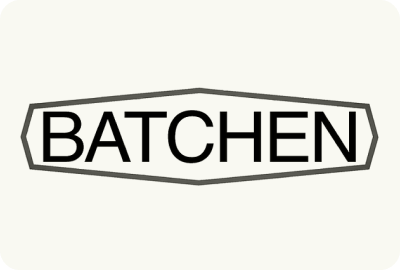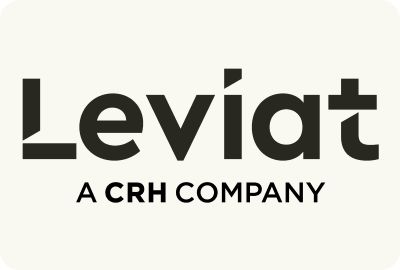





• Childcare centres
• Private tutors
• Local schools
• Community halls
• Education programs
• Large private schools
• Community centres
• Multi-site education groups
• Training institutions
• Community service providers

• HVAC-driven costs
• Lighting and equipment usage
• Limited contract knowledge
• Seasonal variation
• Budget constraints
• Multiple buildings and meters
• Peak demand costs
• HVAC management
• Limited data visibility
• Complex procurement cycles
Energy is used for lighting, heating and cooling, computers, teaching equipment, kitchen areas and hot water systems. Larger facilities also rely on HVAC for multiple buildings, which drives higher usage.
Bills increase during extreme temperatures when HVAC systems work harder to maintain comfortable classroom conditions. Usage also varies depending on student numbers, building occupancy and after-hours programs.
They can reduce costs by comparing plans regularly, using efficient lighting, managing heating and cooling settings, switching off equipment when not in use and reviewing contract terms before they roll onto higher rates.
Large schools and community organisations have higher usage due to multi-building HVAC systems, lighting across large areas, computer labs, kitchen and canteen operations and extended operating hours for events and programs.
They can align contract end dates, install monitoring tools to track usage by building, upgrade older air conditioning units, optimise HVAC settings and review tariffs regularly. Understanding peak consumption helps reduce long-term costs.





































